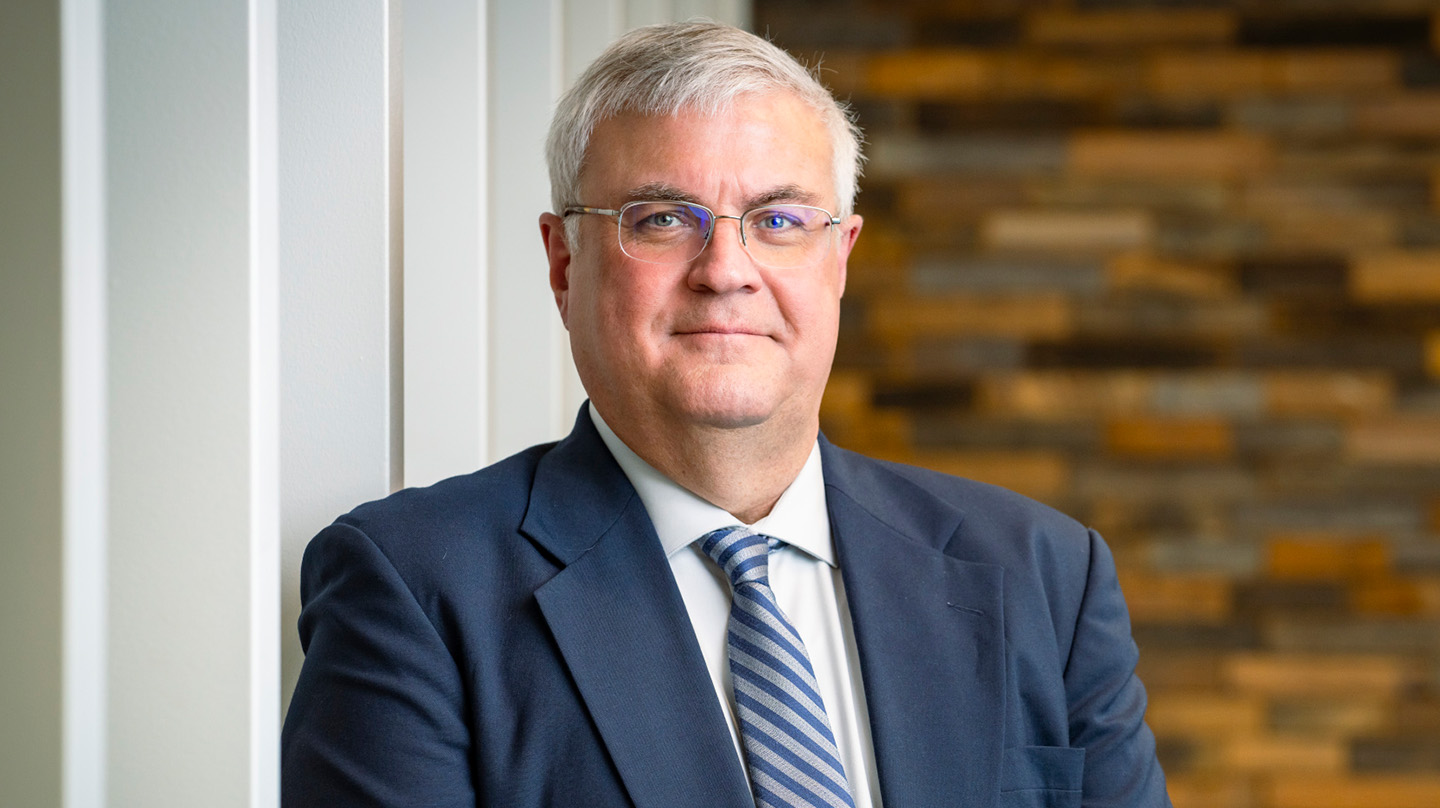News
Johns Hopkins APL Undersea Warfare Expert Earns National Defense Industrial Association Bronze Medal
Lee Rogers, chief engineer of the Sea Control Mission Area at the Johns Hopkins Applied Physics Laboratory (APL) in Laurel, Maryland, was awarded the Bronze Medal Award for Technical Achievement in Undersea Warfare at the National Defense Industrial Association (NDIA) 2023 Undersea Warfare Fall Conference, held in mid-September at the U.S. Naval Submarine Base in New London, Connecticut.
Rogers is a renowned expert in underwater acoustics, signal processing and both passive and active sonar with more than 30 years of experience in developing and assessing undersea warfare systems at APL. He is the fourth APL recipient of the Bronze Medal since the award’s inception in 1998.
“Lee is a national asset who has applied his energy and impressive technical expertise and acumen toward discovering, developing, improving and fielding critical undersea warfare technologies,” said APL Sea Control Mission Area Executive Christopher Watkins. “His efforts have substantially benefited our nation and Navy, particularly in the undersea domain.”
Rogers started his career working in low-frequency acoustics and served as principal investigator for Critical Sea Test V — part of a major Navy program advancing the development, performance and evaluation of low-frequency active sonar. His technical insights led to improvements in operational low-frequency sonar and submarine operating guidance, and his technical analysis, leadership and innovation have led to multiple successful developmental and fielded acoustic systems and Navy-sponsored subsystems.
“I’ve been honored to work with many highly qualified teams of people at APL, in industry and in government,” Rogers said. “I’m a firm believer that for the type of problems that we tackle, going about it as a team is generally the only way to get things done. And so it’s not just me, it’s a result of being involved with teams of fantastic people.”
Rogers is currently responsible for advancing the Sea Control Mission Area’s technical competencies as well as guiding and directing the research and engineering activities of more than 400 technical staff members. He previously managed and provided technical direction for several security-technology projects for the Navy’s nuclear ballistic missile submarines, produced an underwater communications technology development plan for Navy special forces, and developed and demonstrated robust underwater communications in adverse environments for the U.S. government.
